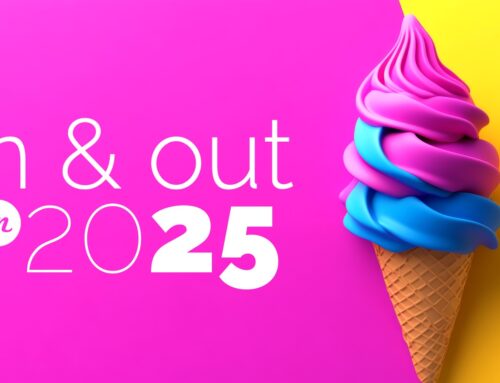Slide Design: 5 Tips for Hardworking Titles

There is no more greatly undervalued place on a presentation slide than the title field. Too often, title fields are filled with vague descriptors, packed with unnecessary verbage, or, worse, skipped all together (e.g. the Zimmerman trial prosecution slides). Slide titles have great real estate and should be put to use. Here are five rules of thumb for powerful slide titles.
1. Don’t Label
Labeling a slide with a vague descriptor may be the most common titling fail. Titles like “Revenue Chart,” and “Conclusion” are all too common and sometimes appear on several slides in a row. Nothing could be more useless for the audience.
A title is not a label; it is a headline. What specific information is this slide sharing? If multiple slides in the deck have the same headline, there are likely too many slides.
2. Argue
Even specific titles, while a vast improvement, fall short of their full potential. A title like “2014 Revenue Goals” is specific to its content, but falls short of driving home the argument of the slide. “2014: Increasing Revenue Via Product A” further clarifies the inherent argument of the data. Not only should a slide headline be specific to its exact content, but it should argue your point and lay bare a specific takeaway message. It should answer the question, What does this slide want to prove? What should the audience be learning?
3. Quantify
Most corporate communication uses deductive organization, which means the main thought must be stated and then supported. So take our title example one step further; “2014: Increasing Revenue By 25% Via Product A.” By quantifying the slide’s argument, the audience will receive all the information they need to assess up front. The data on the slide then serves as both proof and repetition, helping to solidify the point.
4. Use Action Words
Powerful writing uses the active voice. Active verbs are easier to understand, remember and summarize; thus, they are great for persuasive presentations designed to educate or convince. Titles are no exception.
5. Shorten It Up
Avoid the infamous 3 line heading. A title should be a specific and quantified argument. If you need more than 8 or 10 words to communicate the point, the slide concept may be over complicated. One point per slide!
During the review & finesse stage of your presentation production process, go back and examine each title. Is it unique to its content? Does it argue the point and lay out the important information? Is the wording active? Is it concise? It’s worth checking. Powerful titles make for powerful communication.
Have you signed up for our newsletter, In The Hopper? The next installment goes out next week and includes SlideRabbit news and awesome design from around the web.





Leave A Comment
You must be logged in to post a comment.